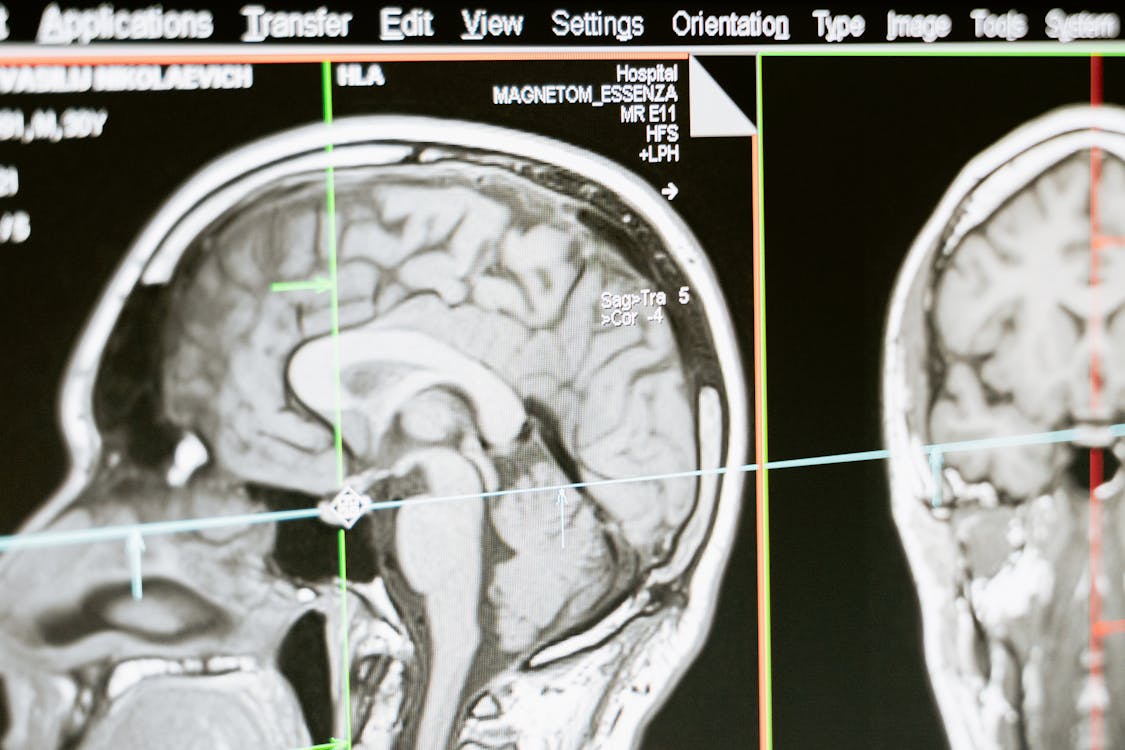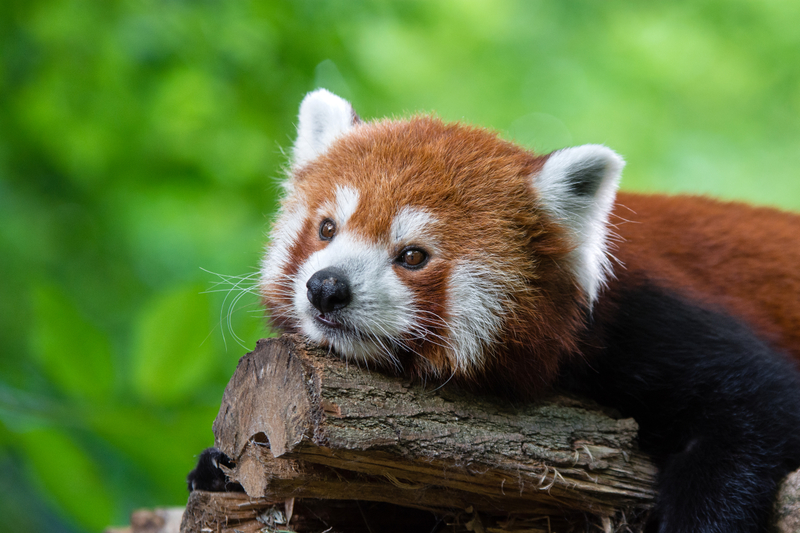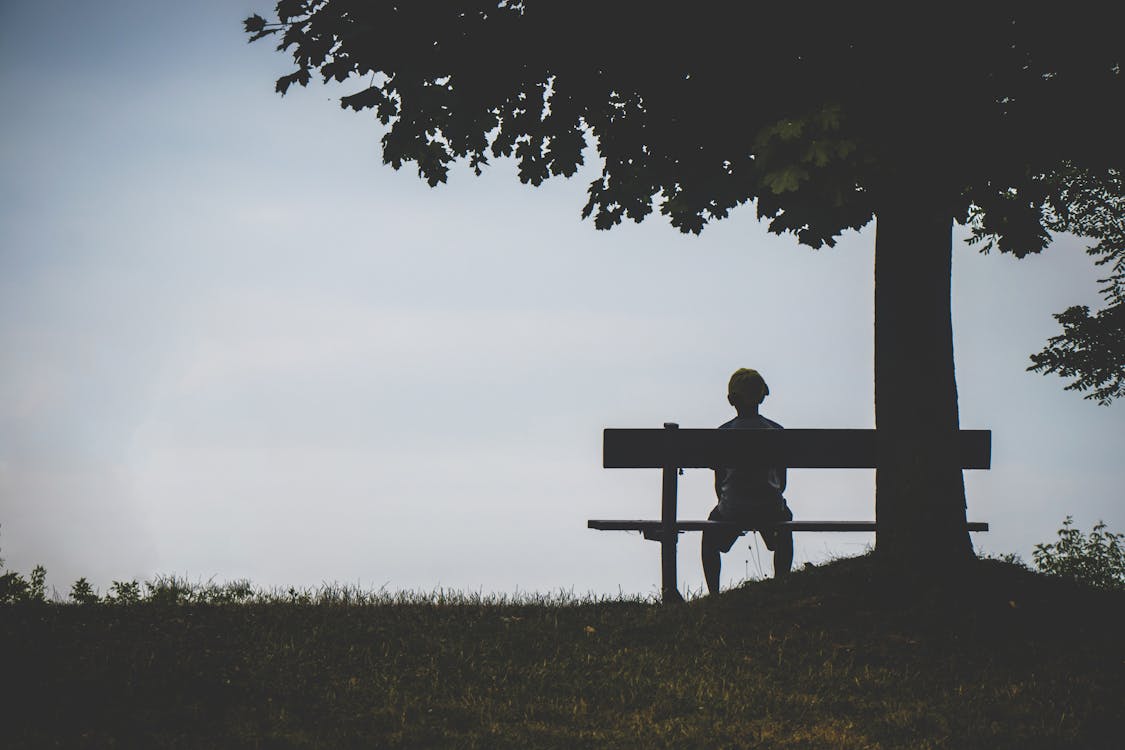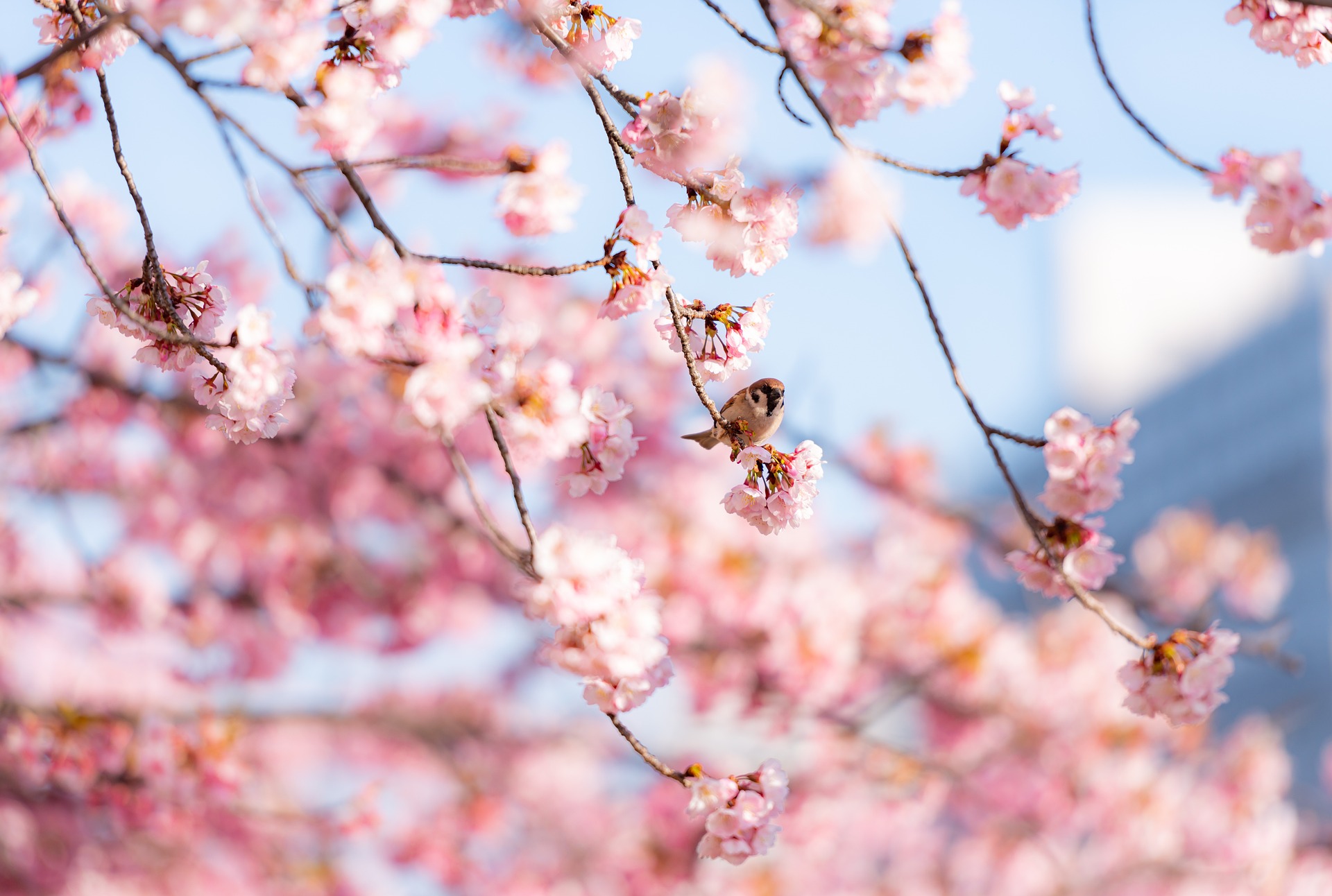
Remember the chemistry teacher who went viral for setting up a makeshift tripod? The milkman who ensured social distancing from his customers with his simple contraption? The Covid 19 pandemic truly brought out the best of the quintessential Indian jugaad. Would you call these people as creative? Or is creativity limited to the Picassos, Alexander Flemings and Steve Jobs of the world?
What is Creativity?

According to Greek mythology, the Muses were divine young women that descended to earth to whisper creative ideas in the ears of humans who then went on to produce masterpieces of art.
More recently, the psychologist Sternberg defined Creativity as the capacity to produce work that is both novel and useful.
Even though we have come far from thinking of creativity as the work of whispering muses, a lot of us still continue to hold on to the belief that creativity is the gift of a select few.
Are you born creative?
Research has found creativity to be linked to intelligence and genetic influences of creativity have also been identified. (Han et al, 2018) However, the Investment theory believes that intelligence is ‘a necessary but not sufficient’ condition of creativity.
Psychologist Scott Barry Kaufman affirms that teaching creativity isn’t about unlocking a special mental app. He says that these apps came pre-installed, thanks to our evolutionary lineage. Today it is believed that creativity is just another skill that can be learned and sharpened, like any other. However creative (or uncreative) you believe you are, your creativity can be enhanced.
How can Creativity be improved?
1. Aha! Watch your Mood
Neuroscientist Mark Beeman and cognitive psychologist John Kounios conducted a research where they analysed brain functioning using EEG and fMRI of people who solved word puzzles. (Kounios & Beeman, 2009) They found that the anterior cingulate cortex (ACC) of the brain had an increased activity when the problems were solved using a concept called insight or ‘Aha moment’- something that has been long associated with creativity.

This ACC area detects non-obvious ideas or odd thoughts (the creative ones) and directs the brain to pay attention to them. So how can one activate one’s ACC? The answer lies in an unlikely area – our mood. When you are in a good mood, your ACC becomes more sensitive to strange hunches and off beat thoughts. Activities like practicing gratitude, mindfulness, exercising (including walking) and a restful night’s sleep all help to increase our feel-good neurochemicals – serotonin, norepinephrine, endorphins and dopamine, which boost the ACC functioning.
Various experiments have showed that in our REM (dream phase) sleep, our brain replays memories and extracts significant patterns or lessons. In the non-REM (deep phase) our brain then makes connections between these patterns and information that we already know. This is how ‘sleeping on it‘ helps to arrive at new solutions to problems. A famous example is when James Watson discovered the double helix model of the DNA after dreaming of two intertwined serpents.
2. Switch it up
Being open to new experiences (reading, travelling, socializing with people outside your field) gives you a lot of knowledge which can serve as a base for your imagination to leap from. Mihaly Csikszentmihalyi, the psychologist known for his theories on creativity says, “Creativity does not happen inside people’s heads, but in the interaction between a person’s thoughts and a sociocultural context.”
When was the last time you learnt something new? Kaufman notes that creative people are curious and push themselves out of their comfort zones.  Sign up for courses on completely novel topics, learn a new hobby or simply go on a deep-dive google search about something unfamiliar like – Sekhmet the Egyptian Goddess or Gothic stained glass windows or a Red Panda. Your brain will jolt out of it’s auto-pilot mode to make interesting connections between these new nuggets and existing information to come up with creative new results!
Sign up for courses on completely novel topics, learn a new hobby or simply go on a deep-dive google search about something unfamiliar like – Sekhmet the Egyptian Goddess or Gothic stained glass windows or a Red Panda. Your brain will jolt out of it’s auto-pilot mode to make interesting connections between these new nuggets and existing information to come up with creative new results!
Making small changes in your surroundings is another way to fire up your creativity. Tiny changes like in the stuff on your desk, the bulletin board that you sit facing or even major ones like changing the colour of your walls helps stimulate the creative process. Dr. Mark Batey found that surrounding oneself with images of nature or plants helps increase creativity.
3. Making space
Carve out moments of solitude – to work alone without the distractions of emails or social media notifications or to simply zone out. The next time you are stuck for a new idea, move away to a mundane activity that doesn’t require your full focus and allow your mind to wander away. Your subconscious mind is likely to run through new ideas in the background (called as a period of incubation) before coming up with an eureka moment of a solution! This is why many people get their best ideas in the shower, when their brain goes into a low frequency alpha state that fosters divergent thinking and hence creativity.

A concept called psychological distance has been found to improve creativity. Anything that we do not experience as occurring here and now is said to be psychologically distant. In a study by Jia et al (2009), participants could find creative solutions to problems when they were told that the problems were developed by a far away institute versus those who were made to believe that they came from a nearby institute. Just thinking that the problem was occurring far away helped the participants be more creative. Similar results have been found in studies involving participants working on problems in the distant future versus near future.
Conslusion
Like a muscle, all of us can improve our creativity if we only work on developing it. Just watch your mood, switch it up and make space!
“You can’t use up creativity. The more you use the more you have”.
– Maya Angelou
References
Jia, L., Hirt, E. R., & Karpen, S. C. (2009). Lessons from a faraway land: The effect of spatial distance on creative cognition. Journal of Experimental Social Psychology, 45(5), 1127–1131. https://doi.org/10.1016/j.jesp.2009.05.015
Kounios, J., & Beeman, M. (2009). The aha! moment. Current Directions in Psychological Science, 18(4), 210–216. https://doi.org/10.1111/j.1467-8721.2009.01638.x
